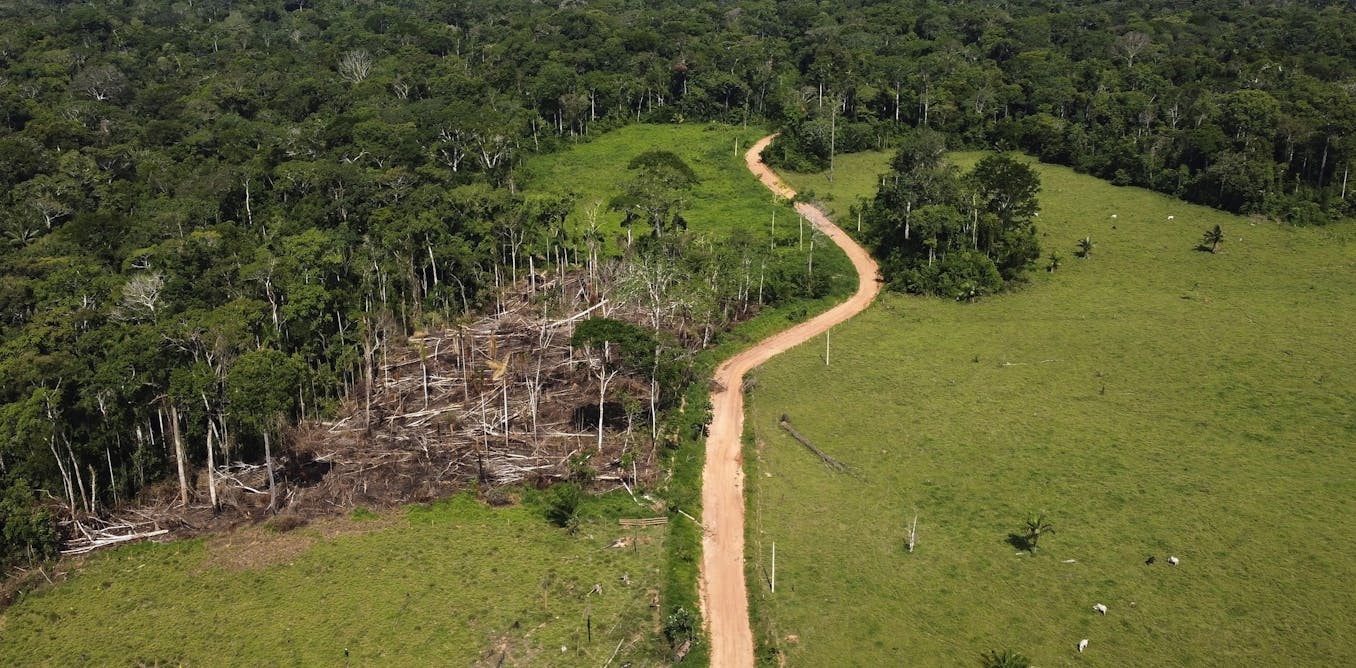Engineer Explains Three Key Issues in Renewable Grid Design
As the global shift toward renewable energy accelerates, it unveils a significant, yet often overlooked challenge: the compatibility of new energy sources with the existing power grid. While solar and wind power are rapidly increasing their share in electricity generation, the infrastructure that delivers this power was not originally designed to accommodate them.
In a recent video by WSJ Pro Perfected, a seasoned power grid engineer delves into this pressing issue, explaining the urgent need for grid resilience in the face of disruptions caused by the growing influx of intermittent renewable resources.
Understanding Renewable Energy’s Hidden Challenge
At the heart of the conversation is the critical need for electrical "inertia," which helps stabilize the grid during fluctuations in supply and demand. This is particularly relevant as traditional generators, which provide inertia, are replaced by variable sources like wind and solar.
Key Solutions for a Resilient Grid
The engineer outlines three pivotal solutions that aim to enhance the grid’s stability and resilience:
-
Grid-Forming Inverter: These advanced inverters play a crucial role in managing electricity flow and creating a stable grid environment. Unlike conventional inverters, grid-forming devices can independently produce voltage and frequency, helping maintain grid stability even when traditional power sources are offline.
-
Synchronous Condenser: This technology acts like a traditional generator, providing the necessary inertia to stabilize the grid. By mimicking the inertial response of conventional power sources, synchronous condensers can smooth out disturbances in the electrical supply, ensuring a reliable flow of energy.
- Battery Energy Storage Systems (BESS): As a flexible and efficient solution, BESS allows for the storage of excess renewable energy generated during peak production times. This stored energy can then be dispatched when demand spikes, helping to balance supply and preventing outages.
Envisioning the Future of the Power Grid
The discussion closes with a glimpse into the future of the power grid, emphasizing the need for innovative solutions that ensure stability while embracing renewable energy sources. The insights shared in this video reinforce the notion that with the right technological advancements, the power grid can evolve to meet the challenges posed by a greener energy landscape.
From grid-forming inverters to advanced storage solutions, the engineering community is poised to address these challenges head-on, paving the way for a resilient and sustainable energy future.
Watch the video by The Wall Street Journal
Video “Engineer Explains Three Key Issues in Renewable Grid Design | WSJ Pro Perfected” was uploaded on 06/03/2025 to Youtube Channel The Wall Street Journal





































Im iviu
Simple aye. Just cost some money. So it is just a political decision NOT to do so.
Also, this cost needs to be added to the cost of renewables…. NOT to conventional energy.
Now do a segment on how relying on oil and gas won't kill us all and doesn't cause global warming? Keeping living in the past america. :/
https://www.youtube.com/watch?v=8cs4tKdiiI4
https://www.youtube.com/watch?v=kl4wkIPiTcY
https://www.youtube.com/watch?v=62U19yNeGg0
https://www.youtube.com/watch?v=8OvUDHpPgb4
https://www.youtube.com/watch?v=vIGzEti6Cnc
The power grid is fascinating. But why are we still avoiding nuclear energy?
Great. So add a battery to the mix and rerun the simulation. Furthermore, which party scrapped tax credits to build out transmission in their latest budget bill
That nobody wants it?
Being able to explain a very complex subject like this is an art and demonstrates deep understanding. Very well done, sir!
Stop living in the past people, solar costs $1250/kw and gas plant costs $3000/kw. And you still can not procure a gas turbine before 2030. Last year 81% of newly added energy came from renewable. The game is done. Solar is actually the incumbent now.
Being a mechanical engineer myself, this was a good simple explanation to the problem that the world is facing right now with the addition of renewable energy sources in the grid
Alternating current doesn't oscillate around a positive voltage of some sort (see diagram at index 2:51). It oscillates around 0 volts. I guess, that's what you get if you talk to mechanical engineer about electrical / power engineering.
Hydroelectric generators typically have the greatest WR2, Rotating mass. Wind has WR2. Nuclear, Coal, Gas turbines, Thermal turbines have WR2 at higher RPM, lower mass per KW.
Large Battery bank, large solar, any "step voltage" could be required to have a/ drive a rotating converter(s) to couple to the grid.
With renewables, it's all about batteries. See: Tesla. With batteries, you can precisely manage this inertia issue.
In the early 1980s I worked for Allis-Chalmers Hydro Turbine as a Start up Field Service Rep.
On a job in California the hydro was doing 24 hour acceptance run, about 7:30 at night the utility powerline shut down. The protective relays did not expect the power on the line to exceed consumption, so the "reverse power relay" tripped/opened the utility power line.
And who do we have to thank for the high production and low prices of batteries? The Chinese. The U.S. is still far behind when it comes to producing domestic batteries at a scale that could bring prices anywhere near those of Chinese batteries.
Meta signs nuclear-power deal to fuel its AI ambitions: https://on.wsj.com/4kOfUKL